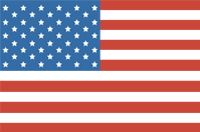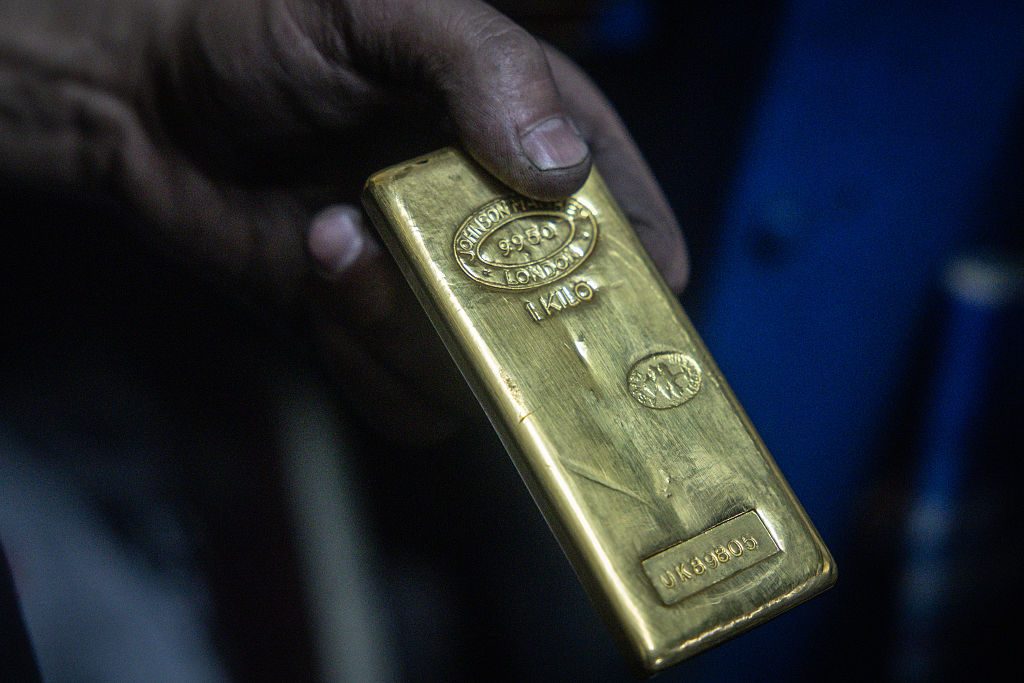The European Central Bank reported this week that gold has now overtaken the euro as a reserve currency. A fifth of global reserves are now lodged in the precious metal, overtaking the euro’s share of 16% and second only to the dollar’s 46%. This is both huge and, as the Americans like to say, a nothing-burger.
Huge, because it is now clear the world is looking for alternatives to the dollar as a store for its accumulated reserves. Several central banks, including those of India, Turkey and Poland, have started either holding back on new purchases or selling off their US bond holdings. China, the second-largest holder of US bonds, has begun quietly diversifying out of dollar assets towards gold. Meanwhile both American and foreign fund managers have been lowering their exposure to US markets. Given how heavily invested the world has become in American markets over recent years, there is considerable room to fall.
But in another sense, this development changes little. Gold bullion is a reserve asset, but gets little use as a currency. It’s not that easy to move around, after all. In international debt payments, loans, trade invoices and international payments the dollar accounts for over half of the world’s transactions; in foreign exchange transactions, that figure reaches nearly 90%.
That won’t change anytime soon. What makes the dollar so fungible is that it is, well, fungible: precisely because everyone uses it in at least some of their international business, everyone accepts it. And they’re happy to accept it because of that very liquidity, the fact that it’s so simple to acquire and sell. That liquidity, in turn, is backstopped by the world’s biggest financial system, and deep and easily-accessible pools of capital that offer an abundance of instruments in which foreigners can park their cash, from simple savings accounts all the way to stocks and bonds and arcane financial instruments.
In contrast, the Chinese market remains relatively closed. Given the extent of control the ruling Communist Party maintains over its financial system, it’s not as easy to enter and exit Chinese markets. Meanwhile Europe, while open, has fragmented markets. Buying German or Italian bonds and stocks is easy enough to do, but if you need to unload them in a hurry, you may not find willing buyers as easily as you would in America.
So for now, in global financial affairs, there’s no rival to the dollar. Still, the direction of travel is clear and we may now be in the early stages of a major reordering of the world economy. Kenneth Rogoff argues that the dollar has been in gentle decline since the middle of the last decade, but that Trump’s volatile policy-making and threats of virtual default or taxes on foreign investment have now accelerated the pace. He predicts an era of greater volatility, and a high likelihood of another financial crisis in which a debt-fuelled bailout will be needed.
In that increasingly febrile atmosphere, it makes sense to park a growing chunk of your reserves in the one asset that has been used since time immemorial, across the planet, in countless civilisations: the ancient shiny metal. The ravenous global appetite for it shows the search for an alternative to the dollar is on. The barriers to a replacement may fall quicker than we think, too: European financial integration could yet unfold, or a version of the bancor once proposed by John Maynard Keynes — a payment system backed by gold — may yet be revised.
None of this is imminent. But it may no longer be the remotely distant prospect it seemed as recently as last year.











Join the discussion
Join like minded readers that support our journalism by becoming a paid subscriber
To join the discussion in the comments, become a paid subscriber.
Join like minded readers that support our journalism, read unlimited articles and enjoy other subscriber-only benefits.
Subscribe